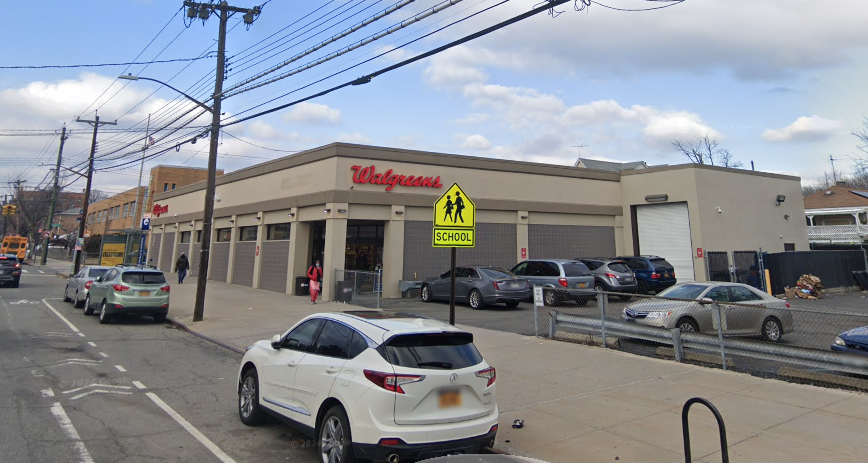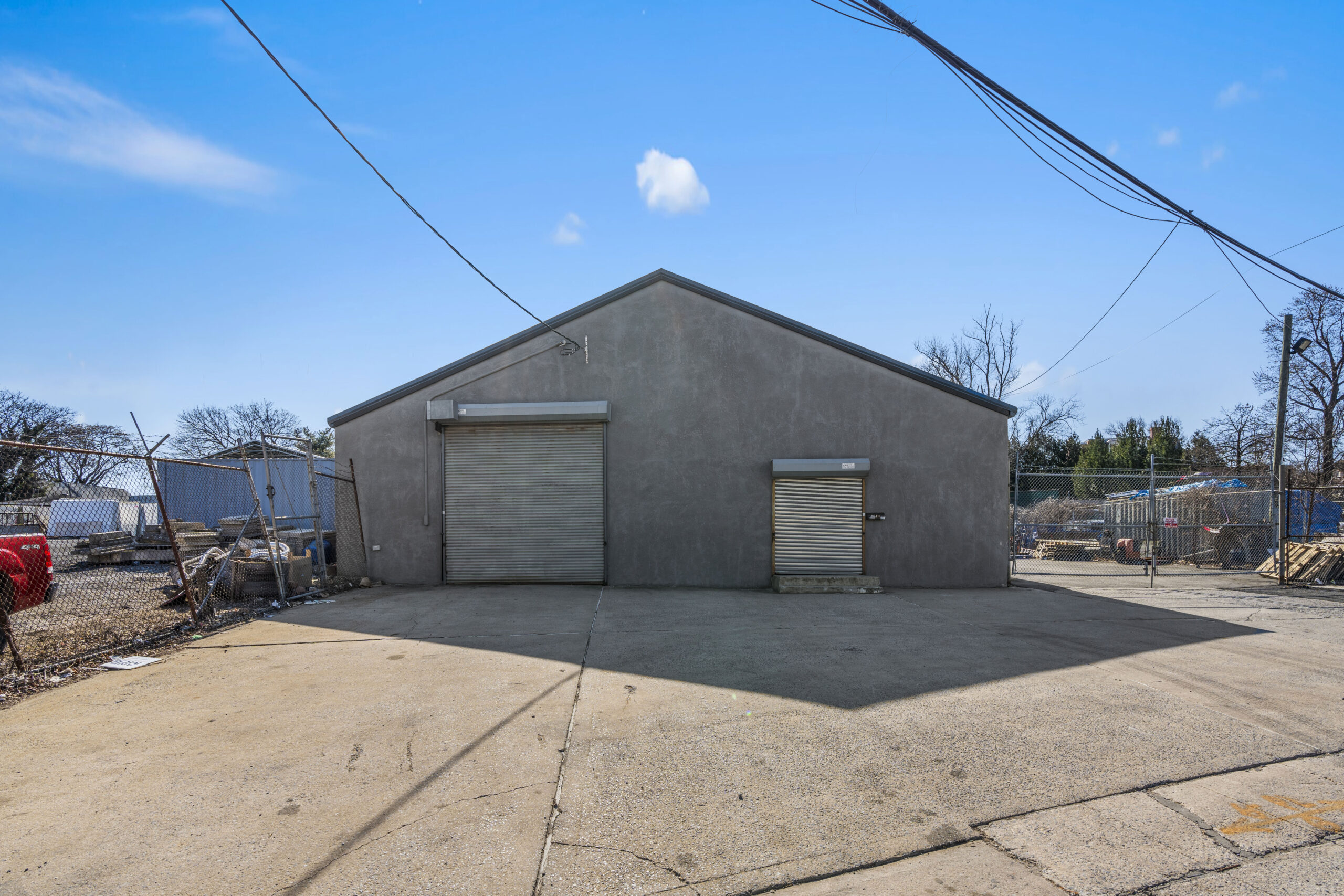Quick tips of how to prepare your walls before painting:
– Thoroughly clean your walls first. This may sound weird but it is necessary to get rid of, not only all the wall hangings, washing them is the best advice. Let them dry before moving on. If you do not have time to wash them then give them a good wipe down. In case of any dust or particles present that can ruin the job. If you have time wash them.
– Removing any old paint that is visibly cracking should be removed with sand paper. Smooth the surface by rubbing it gently till the surface damage is removed. Basically, if there are any flaws in the walls, find them and fix them before you prime.
– Do not forget to cover the floors with cotton or canvas cloth (rather than plastic) to avoid you precious floor from paint spills. The covering will depend on the type of floor you have, its carpet, a cloth will do, as plastic can be slippery and can move around. For more read here .

Interior painting tips
So how do you paint a room like a professional within minimal hassles?
First piece of advice: if you’re a beginner or a professional, the painting sequence remains the same. As per the pros, however the best is to first paint the trim, then move onto the ceiling and lastly tackle the walls. This should guarantee less hassles and decent results. Don’t forget to tape off all the edges with masking tape before you start the job. If you paint the trim first, you do not have to worry about getting the paint on the walls, when you paint, the walls you can cover it up. But make sure to wait for one completed area to dry completely, before starting the next one.
Second piece of advice: When painting you need to have a steady hand and the same amount of pressure, whether you are using a paint brush or a roller brush (better option). There is nothing worse than lap marks on your wall once it’s all dried up. These are those marks that look like stripes that develop when painting in an uneven way. Which of course sometimes cannot be helped, but the best advise here would be to roll the full horizontal and vertical height of the wall, and keeping a ‘wet edge’ which means when you paint one stroke, overlap it with the next one so it flattens the wet edge marks evenly. Here are a few tips of painting with a roller: https://www.familyhandyman.com/painting/techniques/paint-roller-techniques-and-tips/
Paint, in dry conditions, dries out very quickly, sometimes in less than a minute. Professionals usually start near the corner and run their roller upwards, all the way up and down the full-height and moving to the next piece slightly, and the next each time etc. Keep checking by stepping back to see that the strokes are even and there are no lap marks, if there are any even them out quickly.
Third piece of advice: it is often the case where you are in the middle of the paint job and you run out of paint, so you have to open a few cans and mix some more, on the mean time your paint is drying and you’re losing your momentum.
In order to avoid this, it is advisable to mix a few cans of paint into one big can or bucket. This is very important especially if you are using a mix of 2 colours so you can maintain the consistency of the colour throughout as opposed to having different hues around the room (unless you want it that way). Do an estimate of how much paint you think you would need for the entire room and mix accordingly; you should rather have more than less. And you can always pour the unused excess back into the can. A roller screen is a better option for larger areas, it quicker and easier to cover larger areas with it, instead of a tray.
Fifth piece of advice: if you have existing patches on your wall, its best to prime them before starting to paint. This will avoid that blotchy finish in the end i.e. the colour may look even but at certain angles it’s uneven. So, if you have any cracks, holes or spots on the walls, its best to use filler on top of them and then primer. Painting is a permanent job, so it’s best to do it well and begin by ‘treating’ your wall first, rather than jumping in. As with everything in life, preparation is key.
Fourth piece of advice: Before you decide to take the paint off, make sure the paint is 100% dry and don’t peel, rather cut it off. Do you remember when you prepped the room before you started painting, you put masking tape on the edges of the skirtings and walls for a neat job? Because the paint strips off if you pull the tape off too quickly, you first (most importantly) need to wait till the paint is completely dry, at least a minimum of 24 hours should do. For the best method, cut the tape loose with a box-cutter knife instead of peeling it off, cut and pull it up as you go along. But if you’re confident that the wall is completely dry then you can pull it off slowly.







Leave a Comment